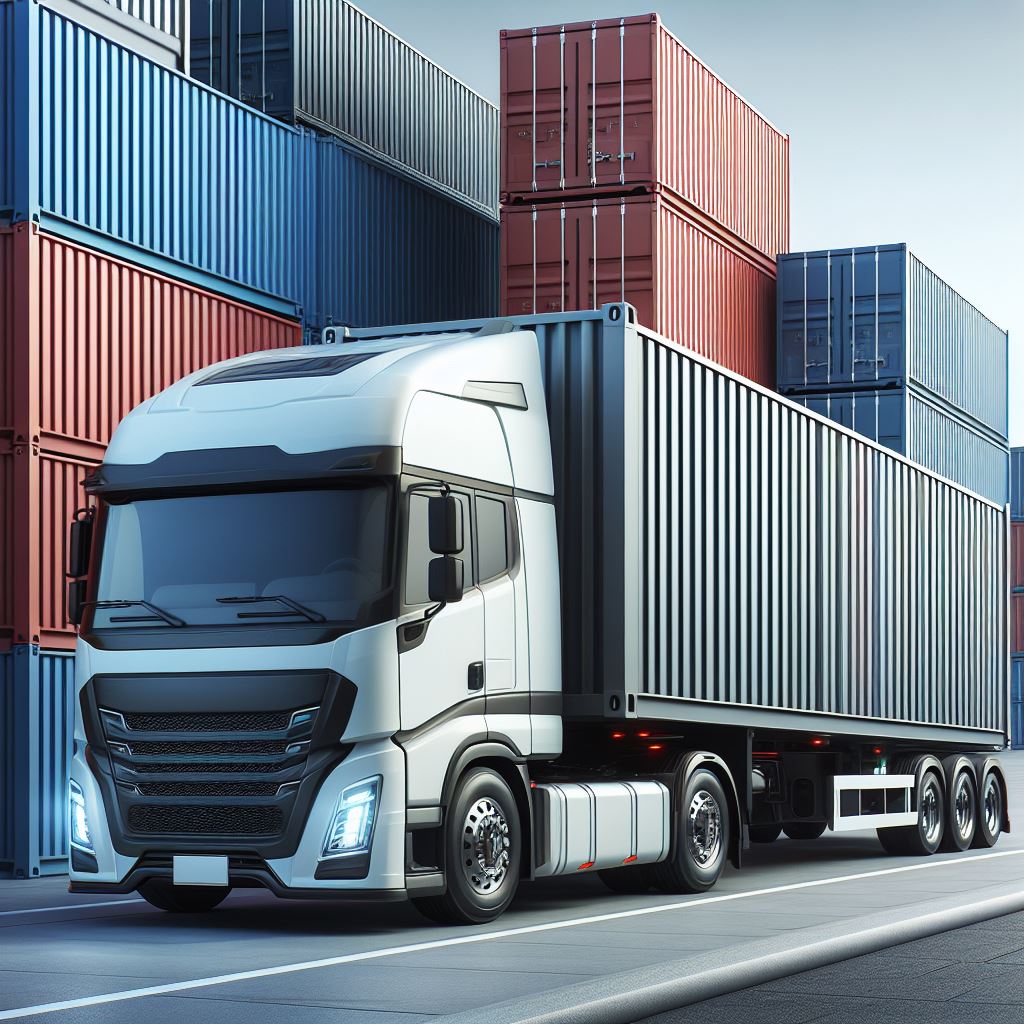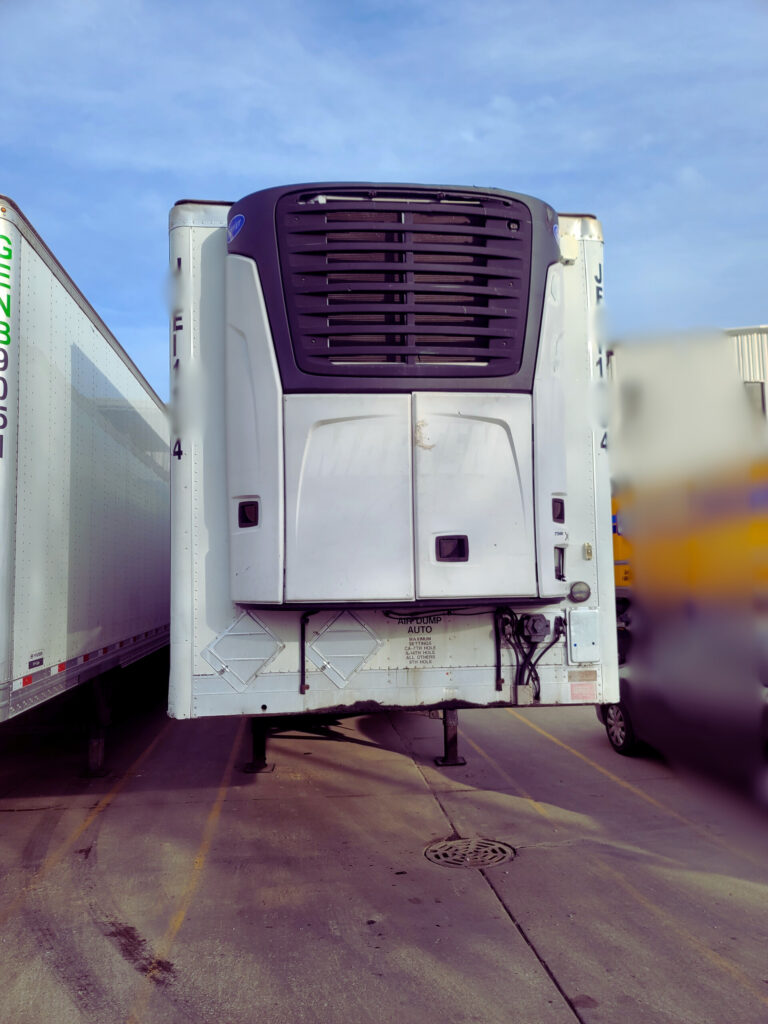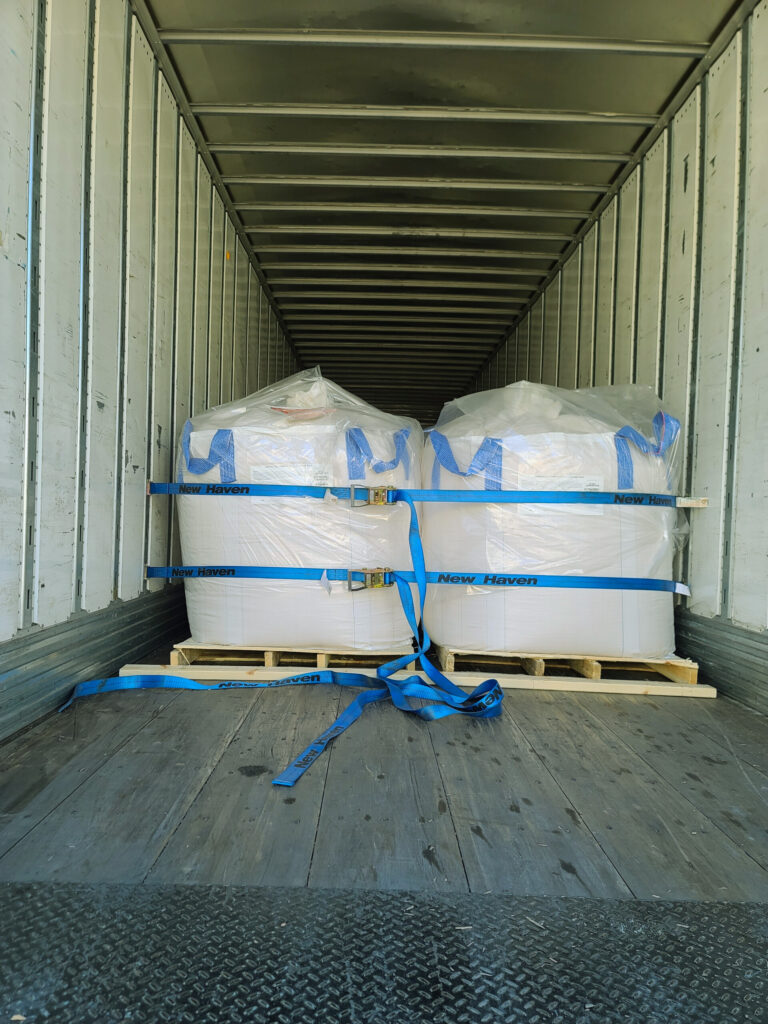
Freight shipping plays a key role in business supply chain management as it transports goods from one location to another. Various transportation modes are used for freight shipping, one of which is truckload shipping, which involves the movement of cargo on trucks via roads. It’s an extensively used shipping method due to its convenience and flexibility. Depending on the volume of freight to be delivered, truckload shipping has two types: FTL (full truckload) shipping and LTL (less than truckload) shipping.
Many business owners may find it difficult to choose between FTL and LTL due to a lack of knowledge about their pros and cons. They might be unable to decide which option is more profitable for their business. Are you also one of them? Do you want to know which truckload shipping option can bring you more profit? Continue reading this article as we discuss the key differences between FTL and LTL, along with their pros and cons, to make it easier for you to decide which option suits you the best.
Shipping FTL vs LTL: What is more profitable for your business?
FTL shipping
As the name implies, FTL (full truckload shipping) is a method in which the freight occupies entire spaces on a truck or trailer. For example, if a trailer has a shipping capacity of up to 40000 lbs, it will be considered FTL when loaded with freight weighing 35000-38000 lbs (75%- 95% of the shipping capacity). In other words, trucks or trailers loaded to their near fullest capacity are considered FTL.
Businesses that need to ship a large volume of cargo rely on FTL shipping. The freight transported via FTL shipping usually belongs to one shipper, meaning it can be delivered through a non-stop, disruption-free transit process. Although any business can use FTL for freight transportation, heavy industries, such as construction and manufacturing, are the main users of this shipping option.
Pros of FTL shipping
One of the most significant pros of FTL is fast, non-stop delivery of freight as the truck or trailer carries cargo belonging to only a single shipper. This significantly reduces the waiting time for shipment delivery, improving customer satisfaction. FTL shipping also has a lower risk of cargo damage during transit as freight is easy to handle in this option.
Getting quotes from FTL is easy and faster, as most FTL carriers offer fixed shipper rates. The rules and regulations regarding freight dimensions are also not as strict for this shipping method as they are for others. FTL shipping is believed to be an economical option, especially when it comes to the transportation of bulk cargo. It’s an excellent option for businesses that need to ship high-value goods.
Cons of FTL Shipping
While FTL shipping has numerous advantages, it also has some drawbacks. It’s not a cost-effective shipping option for shippers with freight that cannot occupy the entire space of the truck or trailer. FTL shipping is not an ideal choice for smaller shipments due to the high per-unit shipping cost.
LTL shipping
Contrary to FTL, LTL (less than truckload) shipping is a method in which the fright doesn’t occupy the entire space on the truck or trailer. Smaller shipments from more than one shippers are loaded on the truck or trailer to make a full truckload. For example, if a trailer has shipping capacity of up to 30000 lbs, in LTL, it may carry smaller shipments of 200 to 1400 lbs each.
Pros of LTL shipping
LTL shipping involves the sharing of space and transportation costs among multiple shippers, making it a cost-effective shipping option for customers with freight that doesn’t occupy an entire truck. In simple words, you only have to pay for the space occupied by your shipment, not for the entire truck or trailer. LTL carriers also offer special value-added services for customers (such as inside pickup or liftgate service).
Cons of LTL shipping
As LTL shipping transports shipments belonging to more than one customer, the risk of cargo damage during transit cannot be neglected. Also, LTL shipping is not a non-stop delivery service, as freight needs to be loaded and unloaded at multiple points, giving rise to the risk of potential delay or disruption in the delivery.
Conclusion: What shipping option is more profitable for your business
As you can see, both shipping options have their own benefits and drawbacks. So, when choosing between them, your logistics needs are a deciding factor. Of course, it’s not easy to immediately decide whether it’s FTL or LTL that can benefit your business the most. Therefore, we enlisted some essential factors here considering which can be helpful for you to choose the right shipping option:
- Freight type (dimensions and characteristics of your freight)
- Shipping budget
- Delivery time
- Handling needs
VPL Logistics offers state-of-the-art, reliable truckload shipping services for a variety of industries and businesses. We go the extra mile to ensure safe and on-time delivery of your goods.









